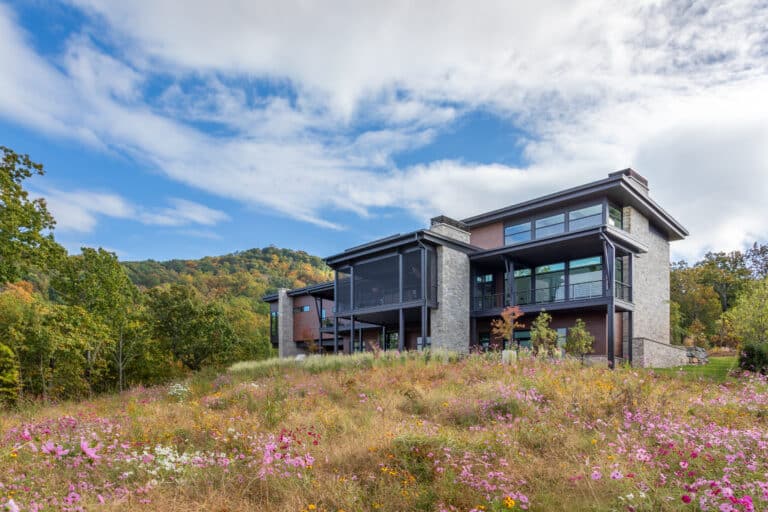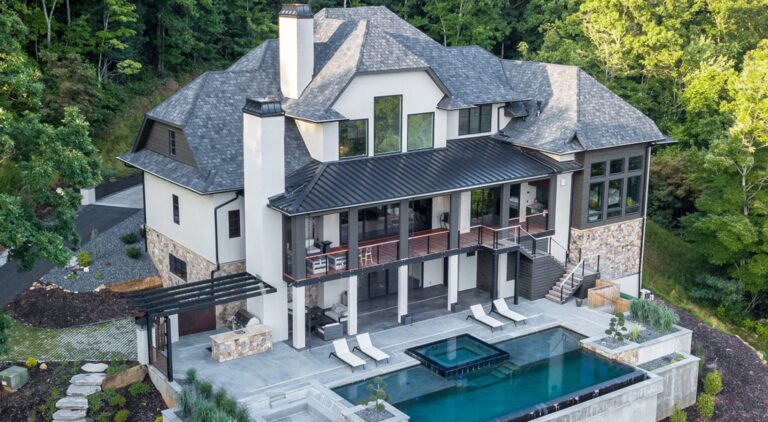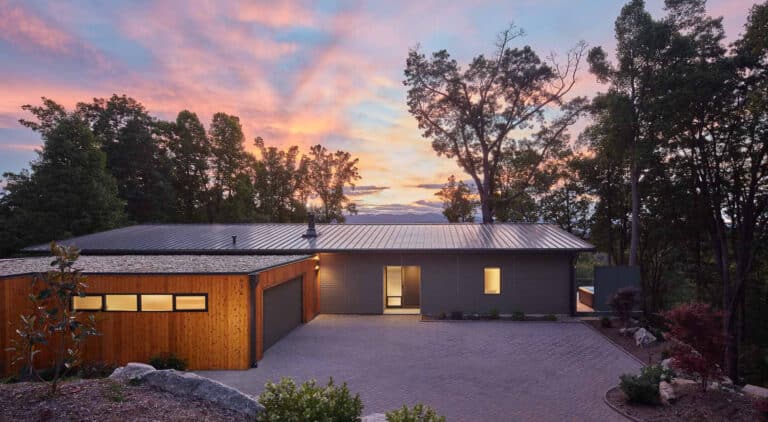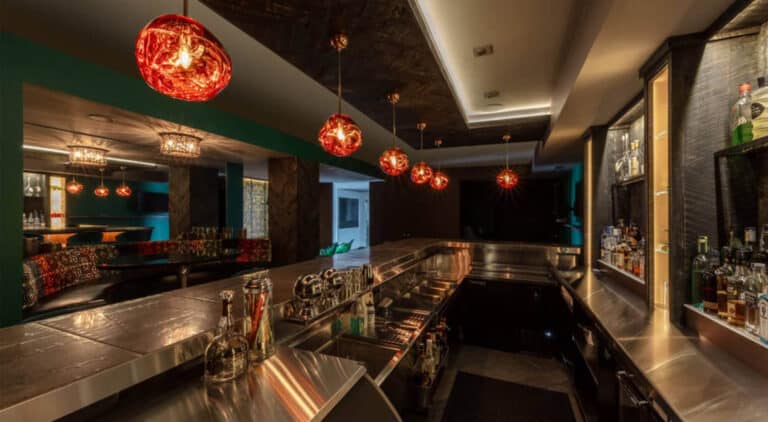A legacy home is a custom-built residence designed to pass down through your family for many generations. Legacy homes are enduring symbols of a family’s history, connecting the past, the present, and the future.
We’re all constantly constructing our identity, with every choice we make. What we choose to buy, wear, and eat says something about our value system. How and where we choose to spend our time says something about who we think we are. And the spaces we create, the spaces where we live our most intimate lives, say a great deal to others about what we find interesting, beautiful, and essential.
Our home answers questions about us: how much do we value privacy and independence? How do we socialize? How do we interact with our physical environment? How do we integrate internal and external space? What activities are so critical to us that they require dedicated space? Historically, dwellings have been an incredible resources for anthropological research.
A well-designed and solidly-built legacy home is a timeless beacon that will nourish generations within its walls and visually impact enhance the surrounding landscape for many, many years. It’s a place for you and your family to rest and replenish—a space that will help teach future generations where they come from and who they are.
Building a legacy home is an amazing, emotional project. So how do you get started?
A legacy home preserves history.
The best-known legacy home in Asheville also happens to be one of the most famous houses in the world—the Biltmore Estate. An heir to a shipping and railroad fortune, George Washington Vanderbilt II created this masterpiece with a concrete vision in mind.
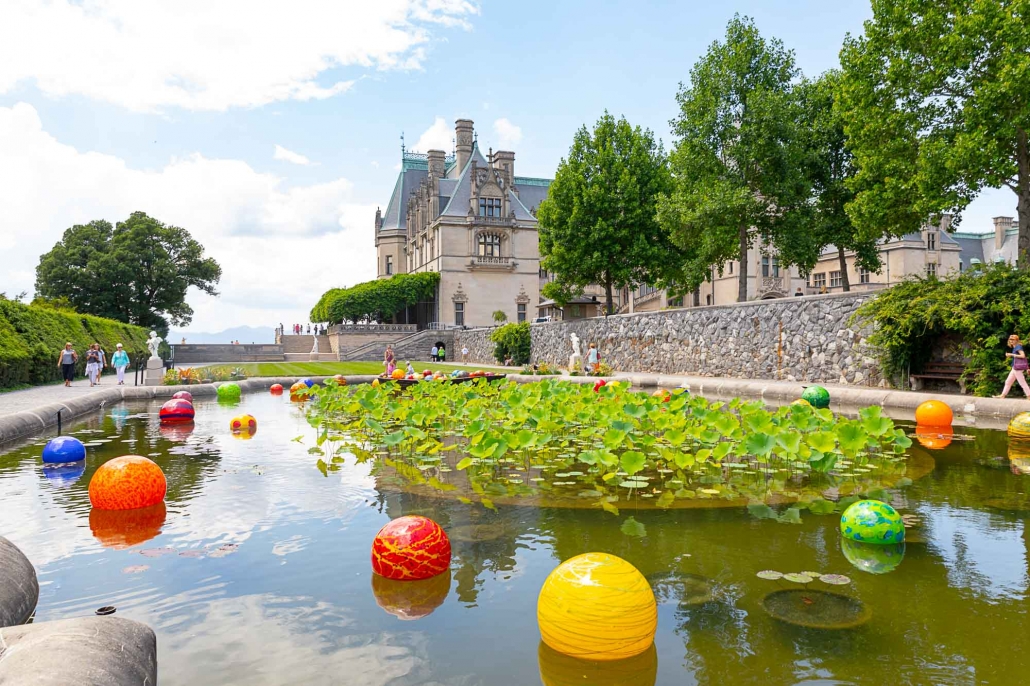
As a young man in the 1880s, during the height of the Gilded Age, Vanderbilt spent time in Europe. He was fluent in several languages and knowledgeable about art, music, literature, architecture, agriculture, and horticulture.
He wanted a 250-room French Renaissance Chateau, inspired by the 16th Century chateaus of the Loire Valley: Blois, Chenonceau ,and Chambord. These famous French homes blended a sophisticated pastiche of both the medieval castle and an Italianate palace. Vanderbilt had seen enough of the world and it’s architecture to know what he liked.
These days, we can see see the world without traveling, via the internet. Explore luxury home builders to get a good sense of what you love, before you try to turn your vision into a physical legacy—a legacy which may eventually go deeper than your own family and town.
The Biltmore became Vanderbilt’s legacy—and the symbol of a movement.
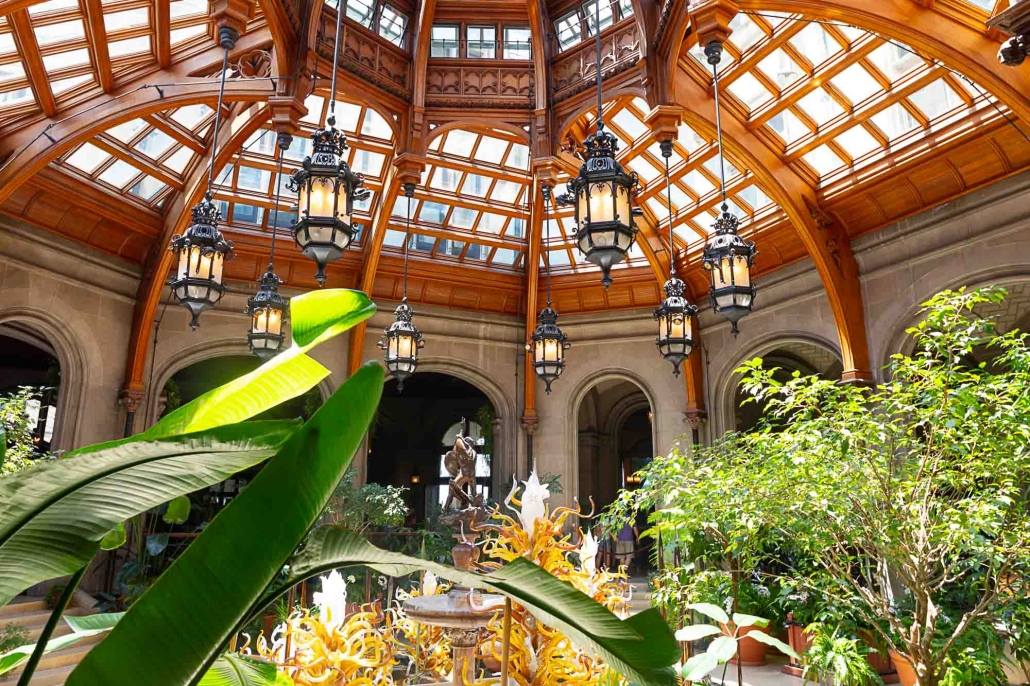
In Vanderbilt’s case, his home became a grand and exuberant display of the Beaux Arts Style and the very symbol of the City Beautiful movement, exerting a significant influence on American town planning in the early 20th Century.
Vanderbilt hired two of the most talented and distinguished designers of the era: the architect Richard Morris Hunt and the landscape designer Frederick Law Olmsted. Hunt was one of the first Americans to study architecture at the prestigious Ecole des Beaux-Arts in Paris, and Olmsted was the designer behind Manhattan’s Central Park, Brooklyn’s Prospect Park, and many others well-known green spaces.
These architects sought to create an urban environment out of the common language of Classicism, providing an image of civic order more extensive than anything that had been achieved since the ancient days of Rome.
This ambitious mission reflects a renewed national self-confidence, the sense that American civilization was unique in its role as the modern heir to Greek democracy, Roman law, and Renaissance humanism. Together these men traveled extensively throughout Europe and the East, collecting all manner of treasure for the Biltmore: everything from paintings to porcelain, to rugs and furniture. It is a collection that continues to fascinate visitors to this very day.
Because Vanderbilt knew what inspired him, he was able to hire a team to create a home that inspires everyone—even 130 years later.
A legacy home is built to last.
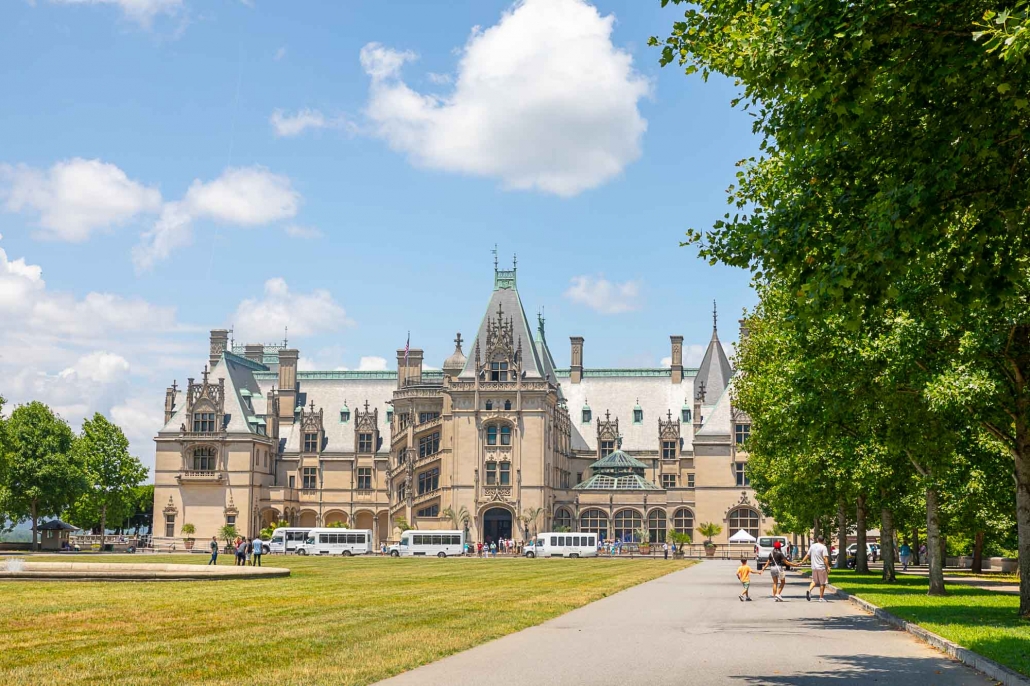
The Biltmore has stood for over a century, and was built to stand for centuries to come. Legacy homes are meant to last, which means you have to choose your builder carefully. You need a builder who can realize your architect’s vision competently and completely, and who will build a home strong enough to handle generations’ worth of snow and windstorms, small feet becoming larger feet sprinting down hallways, and all the living and loving that happens in between.
In other words, you want a detail-oriented builder who knows what they’re doing and why they’re making certain decisions. You want a builder who uses region-appropriate selections that won’t be obsolete in a decade. You need materials that hold up, that look great, and that do their job for a century or longer.
Along with previous Houzz awards, Bluestone Construction received the Best in American Living Awards for Single Family Custom Home in 2024 from the National Home Builder’s Association, which means our clients consistently love working with us and appreciate our expertise and guidance on everything from design to insulation. You want your legacy home to be a showpiece of quality craftsmanship, that is also highly livable, comfortable, and safe. To accomplish this, you need a top-rated builder with a highly organized and effective building process.
A legacy home makes a statement.
The Biltmore House is a prime example of how leadership can inform anthropology. The Biltmore is a legacy, not just for George Vanderbilt, but for the city of Asheville, North Carolina and for the entire Appalachia region. The effects of Vanderbilt’s decision to build here are hard to quantify, but considering that the house draws a million visitors annually, it has a huge economic impact.
Some of the craftsman and artisans who moved to the area to participate in construction all those years ago, stayed and continued the rich tradition of creation and appreciation. Their architectural influence can be seen in homes in the Biltmore Forest such as this storybook Tudor with conservatory the Bluestone renovated, originally owned by actress Andie Macdowell. George Vanderbilt’s dedication and appreciation of details and craftsmanship established a foundation in Asheville that will continue to inspire uncommon quality and exquisite homes in the mountains of western North Carolina forever.
As Vanderbilt knew, and as his legacy illustrates, you can’t separate the art of a people from the history of a people. Design is regional, celebratory, strategic, functional, and informative. As a presentation and declaration of yourself to the world-at-large, your legacy home will make a bold public statement.
Your kids will grow up in your custom home. You’ll cook countless holiday meals in your kitchen. Your living room will be the site of pep-talks, movie nights, board-game marathons, and pillow forts. Your dining room will host dinner parties and double as a late-night study hall. Your bathroom will be an oasis of bubbly soaks, as well as the place you bandage scraped knees and calamine poison ivy.
Your home is a reference point for your memories and emotions. It will be a tangible version of your life’s narrative, written in boards and nails rather than sentences and paragraphs

